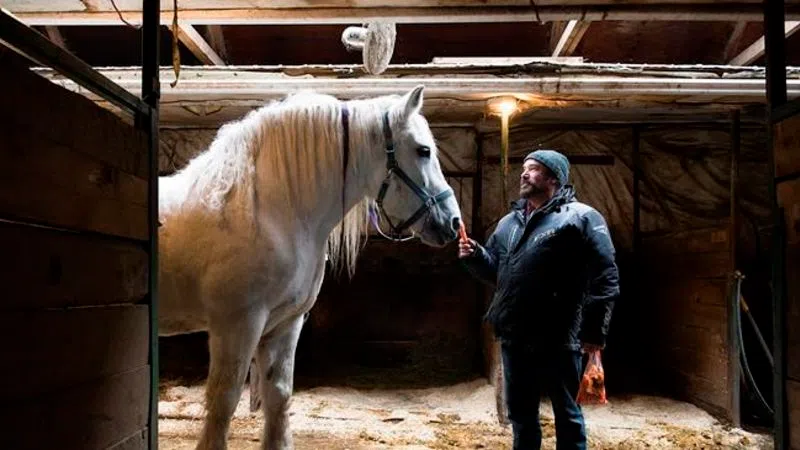
Montreal’s horse-drawn carriage industry rides off into history, but not quietly
MONTREAL — It’s the end of the line for King and Maximus, Marilyn and Maya, and the rest of the gentle draft horses that live in an aging stable in Montreal’s Griffintown neighbourhood.
On Dec. 31, they will wheel their carriages out for the last time past the construction sites and new condo towers that have popped up like mushrooms, making their way to the cobblestoned streets of Old Montreal. Their hoofbeats hearken back to a bygone era, but soon they will be heard no more.
As of Jan. 1, the city has banned horse-drawn guided carriage tours, citing heightened concern over animal welfare and a series of high-profile incidents involving the horses that spawned a wave of outrage and concern from citizens.
Depending on whom you ask, it’s a victory for the rights of the long-suffering horses or a tragic loss of a piece of the city’s heritage.
